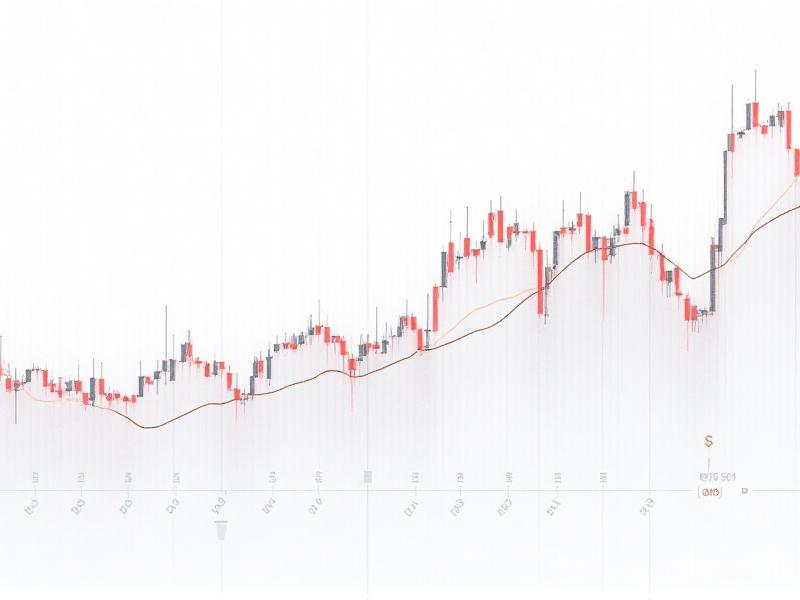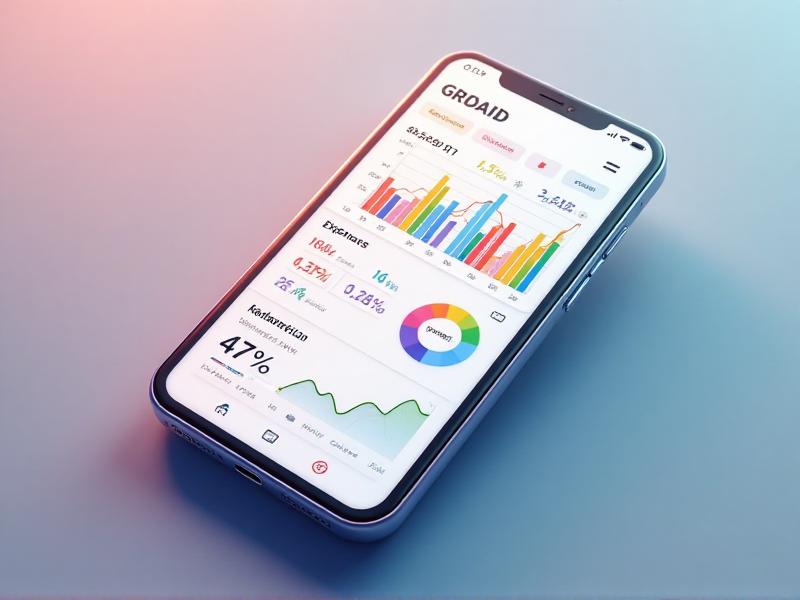
The Future of Peer-to-Peer Insurance

Discovering the Charm of Deià: A Travel Guide to Mallorca’s Hidden Gem

How to Choose the Right Hostel: 6 Tips to Avoid Bad Stays

How to Use Futures Contracts for Hedging
How to Invest in Bonds for Stability and Income
Apr 24, 2025 By Juliana Daniel
Understanding Bonds: The Basics
Bonds are often considered a cornerstone of a stable investment portfolio. At their core, bonds are debt securities issued by entities such as governments, municipalities, or corporations to raise capital. When you purchase a bond, you are essentially lending money to the issuer in exchange for periodic interest payments and the return of the bond's face value when it matures. This makes bonds a predictable source of income, which is particularly appealing for investors seeking stability.
There are several types of bonds, including government bonds, municipal bonds, and corporate bonds. Government bonds, such as U.S. Treasury bonds, are considered the safest because they are backed by the full faith and credit of the issuing government. Municipal bonds, issued by local governments, often offer tax advantages, while corporate bonds tend to offer higher yields but come with increased risk.
Understanding the key terms associated with bonds is crucial. The face value is the amount the bond will be worth at maturity, while the coupon rate is the interest rate the bond will pay. The maturity date is when the bond will be repaid in full. By grasping these basics, investors can make informed decisions about which bonds to include in their portfolios.
Why Invest in Bonds? Stability and Income
Bonds are often favored by investors for their ability to provide stability and income. Unlike stocks, which can be highly volatile, bonds offer a more predictable return. This makes them an attractive option for those who are risk-averse or nearing retirement and looking to preserve capital.
One of the primary benefits of bonds is their fixed income stream. When you purchase a bond, you know exactly how much interest you will receive and when you will receive it. This can be particularly valuable in uncertain economic times when other investments may be underperforming.
Bonds also play a crucial role in portfolio diversification. By including bonds in your investment mix, you can reduce overall portfolio risk. When stock prices fall, bond prices often remain stable or even rise, providing a cushion against market volatility. This balance can help investors achieve their long-term financial goals with less stress.
Types of Bonds: Exploring Your Options
When it comes to investing in bonds, there are several options to choose from, each with its own set of characteristics and benefits. Government bonds, such as U.S. Treasury bonds, are considered one of the safest investments because they are backed by the federal government. These bonds are ideal for conservative investors who prioritize security over high returns.
Municipal bonds, issued by state and local governments, offer tax advantages that can be particularly appealing to investors in higher tax brackets. The interest earned on municipal bonds is often exempt from federal income tax and, in some cases, state and local taxes as well.
Corporate bonds, on the other hand, are issued by companies and typically offer higher yields than government or municipal bonds. However, they also come with increased risk, as the financial health of the issuing company can impact the bond's performance. High-yield bonds, also known as junk bonds, offer even higher returns but are considered riskier due to the lower credit ratings of the issuers.
How to Buy Bonds: A Step-by-Step Guide
Buying bonds can seem intimidating at first, but the process is straightforward once you understand the steps involved. The first step is to determine your investment goals and risk tolerance. Are you looking for safety, income, or a combination of both? This will help you decide which type of bond to purchase.
Next, you'll need to choose where to buy your bonds. Bonds can be purchased directly from the issuer, through a broker, or via a bond fund. Buying directly from the issuer, such as the U.S. Treasury, can save you on fees, but it may limit your options. Brokers offer a wider range of bonds but may charge a commission. Bond funds, which pool money from multiple investors to buy a diversified portfolio of bonds, offer convenience and diversification but come with management fees.
Once you've decided where to buy, you'll need to research the bonds available and select the ones that best meet your needs. Pay attention to the bond's credit rating, yield, and maturity date. After making your purchase, keep track of your bonds and monitor their performance over time.
Risks and Rewards: What to Consider Before Investing
While bonds are generally considered safer than stocks, they are not without risks. One of the primary risks is interest rate risk. When interest rates rise, bond prices typically fall, which can result in a loss if you need to sell the bond before it matures. Conversely, when interest rates fall, bond prices tend to rise.
Credit risk is another important consideration. This is the risk that the bond issuer will default on their payments. Bonds with lower credit ratings, such as high-yield bonds, offer higher returns but come with a greater risk of default.
Inflation risk is also a concern. If inflation rises faster than the bond's interest rate, the purchasing power of your returns could be eroded. To mitigate these risks, it's important to diversify your bond holdings and consider bonds with different maturities and credit ratings.
Building a Bond Portfolio: Strategies for Success
Building a successful bond portfolio requires careful planning and strategy. One common approach is the laddering strategy, which involves purchasing bonds with different maturity dates. This allows you to spread out your risk and take advantage of changing interest rates over time.
Another strategy is barbelling , which involves investing in a mix of short-term and long-term bonds. This approach allows you to benefit from the stability of short-term bonds while still capturing the higher yields offered by long-term bonds.
Diversification is key to any successful bond portfolio. By investing in a mix of government, municipal, and corporate bonds, you can reduce your overall risk and increase your chances of achieving steady returns. Regularly reviewing and rebalancing your portfolio can also help ensure that it remains aligned with your investment goals.
Tax Considerations: Maximizing Your Returns
Tax considerations play a significant role in bond investing. The interest earned on most bonds is subject to federal income tax, and in some cases, state and local taxes as well. However, certain bonds, such as municipal bonds, offer tax advantages that can help maximize your returns.
Municipal bonds are often exempt from federal income tax and, in some cases, state and local taxes if you live in the state where the bond was issued. This can make them an attractive option for investors in higher tax brackets.
It's also important to consider the tax implications of selling bonds before they mature. If you sell a bond for more than you paid for it, you may be subject to capital gains tax. Conversely, if you sell a bond for less than you paid, you may be able to claim a capital loss. Consulting with a tax advisor can help you navigate these complexities and make the most of your bond investments.
Monitoring Your Bond Investments: Best Practices
Once you've invested in bonds, it's important to monitor their performance regularly. This includes keeping track of interest payments, changes in credit ratings, and any news that may impact the bond's issuer. Staying informed can help you make timely decisions and protect your investment.
One way to monitor your bonds is to set up alerts for key events, such as interest payments or changes in credit ratings. Many online brokerages offer tools that allow you to track your bonds and receive notifications when important events occur.
Regularly reviewing your bond portfolio is also essential. This includes assessing whether your bonds are still aligned with your investment goals and making adjustments as needed. For example, if interest rates have risen significantly, you may want to consider reinvesting in bonds with higher yields. By staying proactive, you can ensure that your bond investments continue to meet your needs.

How to Invest in ESG (Environmental, Social, Governance) Funds

How to Use Options for Income Generation

How to Use Blockchain for Identity Verification

The Pros and Cons of Margin Trading

The Financial Benefits of a Digital Detox

The Financial Impact of Social Comparisons

How to Use Budgeting Apps to Manage Your Money

How to Use Digital Wallets for Secure Transactions
Advertisement
